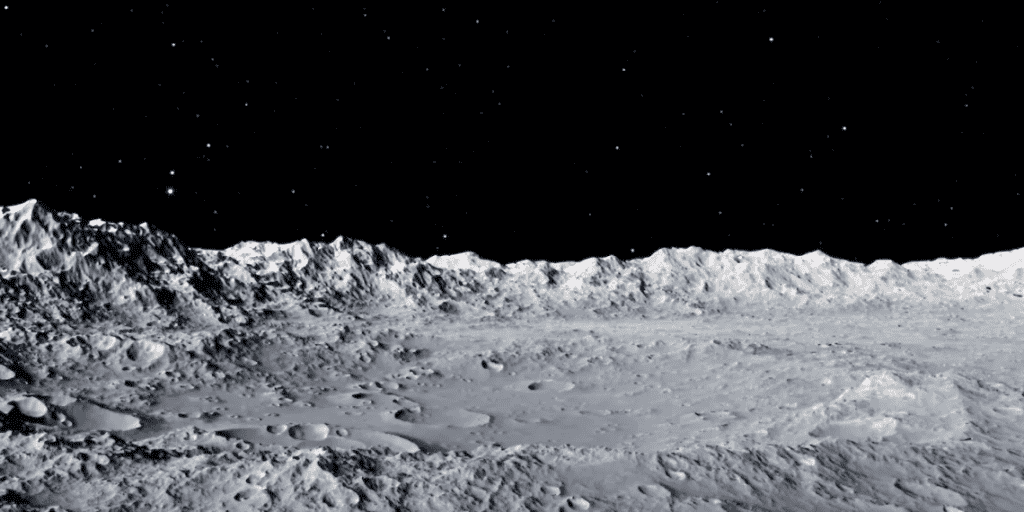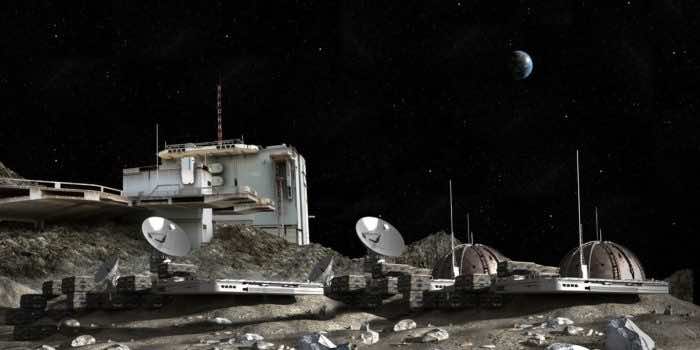NASA is working to develop a continuous existence on the moon through its Artemis program. It is looking for ideas to create lunar bases that can stand tall in the harsh atmosphere of our nearest cosmic neighbor.
Researchers from the University of Central Florida (UCF) state that future lunar astronauts could use bricks made of lunar regolith and saltwater to build their homes.
Ranajay Ghosh, associate professor of UCF’s Department of Mechanical and Aerospace Engineering, and a team discovered that 3D-printed bricks made from lunar regolith, dust, and loose rocks from the lunar surface could withstand the test of the hostile atmosphere of the moon. They accounted for their findings in the journal Ceramics International.

The researchers made the bricks by combining 3D printing and binder jet technology (BJT). “BJT is uniquely suitable for ceramic-like materials that are difficult to melt with a laser,” Ghosh explained. “Therefore, it has great potential for regolith-based extraterrestrial manufacturing in a sustainable way to produce parts, components, and construction structures.”
The BJT process first created weak cylindrical bricks, called green parts, that were then baked at temperatures of up to 1,200 degrees Celsius to produce bricks that could tolerate pressures of up to 250 million times the Earth’s atmosphere.
“This research contributes to the ongoing debate in the space exploration community on finding the balance between in-situ extraterrestrial resource utilization versus material transported from Earth,” Ghosh said. “The further we develop techniques that utilize the abundance of regolith, the more capability we will have in establishing and expanding base camps on the moon, Mars, and other planets in the future.”

Last year, a scientist from the University of Manchester proposed using human blood and urine as a binding agent for future residence on Mars. They stated that this would massively cut down the cost and enhance the speed of construction for future off-world colonies. However, the effects of this on health are still unknown.


